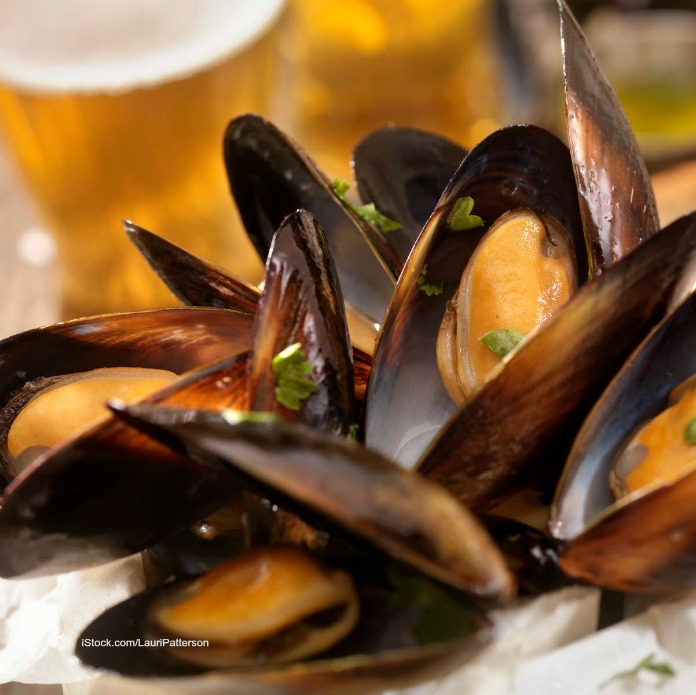Beaches in Washington state have been closed to shellfish harvesting because officials have found okadaic acid, which causes Diarrhetic Shellfish Poison (DSP), in some tested shellfish. The toxin was found at unsafe levels in shellfish samples taken as part of routine sampling. The closure covers clams, oysters, mussels, geoduck, and scallops.

The toxin is produced by naturally occurring algae called the dinoflagellate Dinophysis. Shellfish are filter feeders, pumping water through their systems and filtering out and eating algae and other particles. The shellfish eat these algae and retain the toxin in their flesh. All species of shellfish can accumulate this toxin.
The beaches run from Three Tree Point south to the Pierce County line, and including Des Moines Marina Park, Saltwater State Park, and Dash Point State Park. Advisory signs are posted at these beaches, warning people not to collect shellfish. Commercial beaches are sampled separately, and any commercial shellfish harvested in that area should be safe to eat.
DSP is an emerging health threat for Washington state. The toxin has been an issue in Europe for some time. In June 2011, three people got sick after eating recreationally harvested mussels from Sequim Bay. Officials discovered that the shellfish contained the toxin after lab testing.
Unfortunately, okadaic acid is not destroyed by cooking or freezing. You cannot tell if the toxin is present by looking at the shellfish or at the water or by smell. Shellfish contaminated with the toxin will not taste any different either. DSP can only be detected with laboratory testing. The symptoms of Diarrhetic Shellfish Poisoning include nausea, vomiting, abdominal pain, and diarrhea; the illness is non-lethal, but if a patient has underlying conditions, complications can occur. Diarrhea is the most commonly reported symptoms. These symptoms usually begin within minutes or hours of eating contaminated shellfish.
Before you harvest shellfish in Washington state, call the DOH Biotoxin Hotline at 1-800-562-5632 to see which areas are closed. You can also visit the Biotoxin website to check for closures and warnings before harvesting shellfish anywhere in Puget Sound. Or you can check the Marine Biotoxin Bulletin for the latest information on beach closures.




